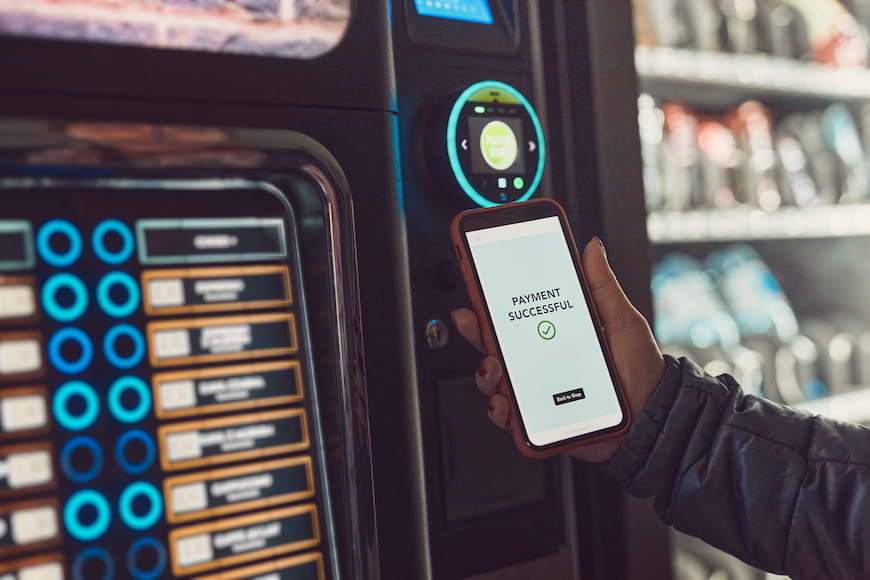Good study habits pay off.
Let's say you are heading into finals with a 48% average. If your final exam is worth 30% of your overall grade, you can pull your average up to 60% if you get 88% on your exam. Or maybe you need 80% to keep your merit scholarship and are sitting at a 79% average. Just under 83% is what you will need on a final exam worth 30%.
Studying is a productive use of every student’s time. But not all study habits are created equal. Research shows that students who use high-engagement study strategies like explaining and summarizing concepts perform better than those who use more passive approaches.
This is where tech comes in. No, we’re not talking about Zombie-scrolling through random Internet content, but more active engagement with even the most complicated course material. It just takes the right approach or – dare we say it – hacks.
Wading through all the study and productivity apps out there can be overwhelming, so we’ve done some of the heavy lifting for you. Here is a list of tips featuring tech that is fit for the purpose of helping you build good study habits:
Learning experts don’t agree on everything, but there appears to be one major consensus: cramming just doesn’t work. People absorb content better when they space their study sessions out over time. According to memory researchers, repeated retrieval improves long-term retention, which is why your high school band teacher told you to practice for three 20-minute sessions instead of a single one-hour session per week. To avoid squeezing all your study time into one or two sessions, block out some study focus time distributed over several sessions in a calendar app like Google Calendar.
Prioritize your time. Skim over areas that the instructor or TA says aren't essential and dig into higher priority, more complicated concepts. This is where text-to-speech can be a boon. If your institution has given you access to e-textbooks via a learning management system like Moodle or Brightspace, you can choose to have course material read to you at faster speeds. Then, when the reader hits on a priority topic, you can slow things down and review the content more closely.
A fun way to engage with course material is to gamify your study sessions. Some study apps, like Kahoot!, even let you build challenges and play against AI opponents. Another way to gauge your level of understanding is to record yourself explaining key concepts on your smartphone. This process exposes areas where you need to improve your understanding and helps boost comprehension.
Annotating refers to the process of engaging closely with a text so that the content sticks. It can include highlighting or writing in the margins of the text by summarizing the author's key points or making your own observations. Robust e-textbook and learning enablement platforms let you add comments and notes to self-selected text sections, view annotations in a centralized dashboard, and search through the annotations. If you're new to annotation techniques, check out these helpful tips from Eastern Washington University.
Studying can be taxing on the eyes. If you have access to e-textbooks, you can easily adjust colors as you see fit via functionality that enables complete control of the background colors. While this benefits all readers and could help with eye strain in general, it can be beneficial if you have a learning difference like dyslexia. Research suggests that warm background colors, including yellow, significantly improve reading performance. Other research shows that warmer colors can enhance memory performance.
Sometimes you read a passage, and it just doesn’t sink in. It’s not necessarily you–perhaps it’s the way the text is written. You could reach out to your instructor or TA for help, and you could also try searching for other texts that cover the same topic. One of the more innovative functionalities found in some digital textbook platforms is a comprehensive search capability, allowing you to see the most relevant paragraphs, figures, and diagrams related to your search term.
There’s nothing more frustrating than studying hard and still not getting the grades you need. But if you actively engage with the class material by using your tech tools wisely, you can set yourself up for success on exam day. This puts you closer to achieving your goals, whether it’s getting the grades you need to earn your degree, keeping that scholarship, or landing a spot in grad school.
Want to learn more? Check out the BibliU Features or Log into BibliU.

Drawing on insights from Erik Russell of Occidental College on Campus Convos, this blog explores how innovations in auxiliary services reveal a bigger lesson for higher ed: let technology deliver on-demand convenience, while people provide the human touch that makes the student experience truly personal.
.jpg)
Rural community colleges are lifelines opportunity face unique challenges, like broadband gaps and transportation barriers. Based on the Campus Convos episode with Dr. Bryan Newton of Glen Oaks Community College, we're showing how rural colleges are turning obstacles into innovation.